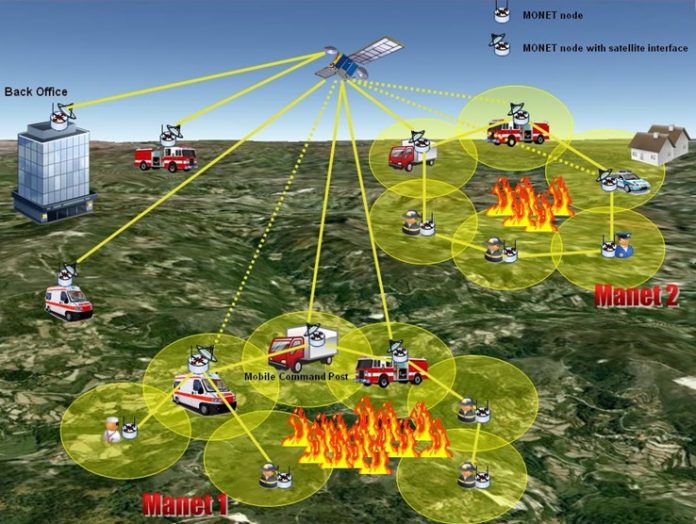Researchers from six different Indian institutes are working together from the last three years. They have developed a less costing and fast deployable wireless communication infrastructure that will be driven by human mobility to fix disaster management services. They worked together to enable the delivery of decentralized services of mobile communication under the project named DiSARM(Post-Disaster Situation Analysis And Resource Management) in case of any telecommunication damage.
Information Technology Research Academy (ITRA) is funding this project under Ministry of Electronics and Information Technology.
Professor of IIM-Calcutta, Somprakash Bandyopadhyay told media, “In these emergency situations, alternative and flexible networking arrangements become critically important to ensure ongoing and effective coordination of emergency response and relief efforts. Our model works on peer-to-peer networking where humans are the data carriers.”
Bandyopadhyay, a professor in Management Information Systems Group and Research Director of Social Informatics Research Group (SIRG) in IIM-Calcutta said, “When you don’t have any internet connectivity if you have a smartphone, you can connect with Wi-Fi (through an app) which is there on your phone. So when a volunteer is connecting the data from a victim through the phone, then he is physically moving and relaying that data to others (connected with Wi-Fi within that range) who are also moving.”
He adds, “They, in turn, are relaying the data about victims and the situation as they move and connect with Wi-Fi with others within their range.”
He also said: “This movement pattern helps to communicate. Wifi part of it helps you to make a peer-to-peer network.”
In such case where smartphones are unavailable, special routers placed at advantaged locations which become the connector of data.
He also adds, “Whoever is going to the routers, gives the data to the device electronically. So it depends on human mobility.”
Another motive of this project is recording data from social media to integrate with disaster management.
Indian Institute of Engineering Science and Technology, Shibpur (formerly Bengal Engineering and Science University), NIT Durgapur, Heritage Institute of Technology (HIT) Kolkata and Kalyani Government Engineering College (KGEC) are partner institutes.
“We have entrepreneurs who are our students who are taking this up and have formed a company and moving ahead so they can actually deploy this real-time. The entrepreneurial part is about selling this as a complete product/service. Either you pay for the service or you pre-deploy it in disaster prone areas and then go for the service,” he said.
Bandyopadhyay was speaking on the sidelines of currently happened ‘Exploring Mobile Computing, Networking & Applications for Development in India’ workshop which was organised by ITRA and SIRG.








